Brake servicing is a standard routine maintenance chore that is included in car servicing. All movable and immovable parts of the braking system have a limited life span. Thus, it is necessary that they are regularly repaired or renewed as per requirement, for the safekeeping of the occupants of the vehicle and the roads as well.
Fortunately, our vehicles usually indicate clearly that brake servicing is required. Your brakes are one of the main safety components in your vehicle. So, in the event that you notice any of the following common warning indications of brake issues, it’s an ideal opportunity to get a professional to check your vehicle. Drive safer and let off the more costly damage if these indications are ignored.
-
Dashboard Warning Light
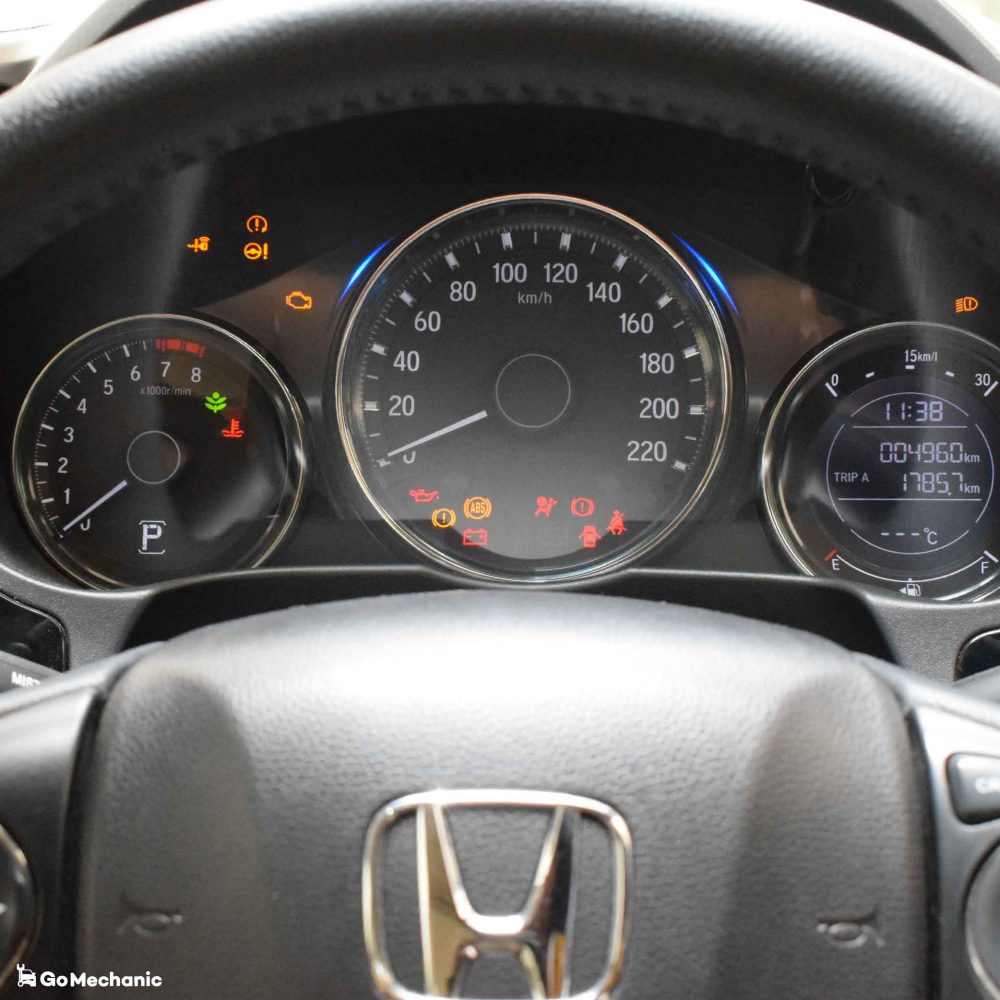
Car Dashboard The dashboard lights aren’t necessarily only about the condition or irregularities of the engine, but also about the electronics of the car and everything connected to the Electronic Control Unit. Thus, if the light board lights glow the next time you start your car, a mechanic needs to be contacted.
-
Metallic squeal when in motion

Disc Brakes In the event that you start hearing a piercing noise that stops when you apply the brakes that’s presumably the sound of the brake pad wear indicators. They’re made of steel so they make this sound when they start contacting the rotor without the application of brakes. This signifies that your brake pads are worn out and should be replaced before you get rotor damage, which can be a costly fix. This is the most commonly faced braking problem.
-
Grinding sound when brakes are applied
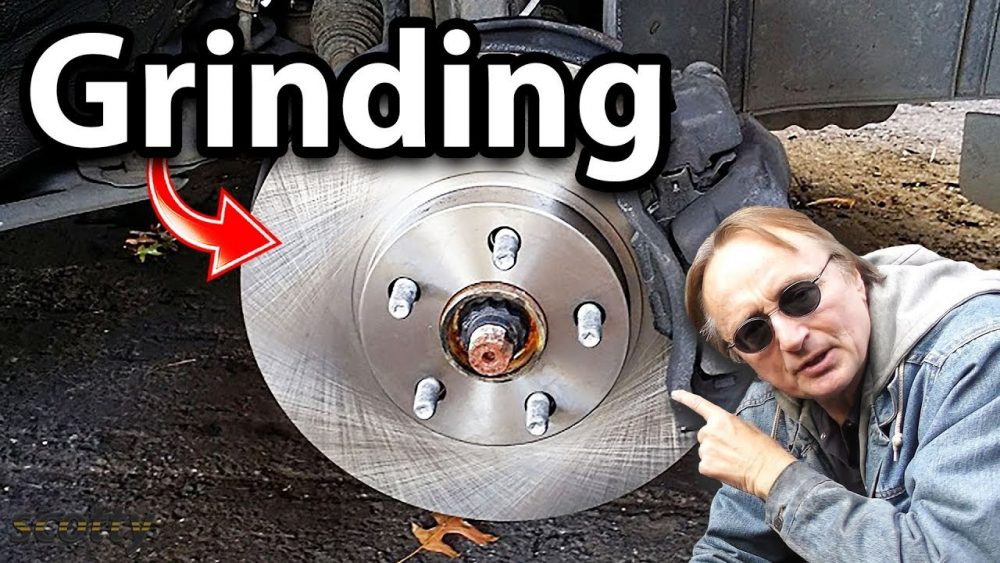
Grinding Sound when braking | Source Grinding that you also feel in the pedal could mean various things. There could simply be some gravel, or a stone caught in the calliper unit, easily cured. Be that as it may, you may have gone excessively long without brake servicing. The brake pads may be worn through, and you’re hearing metal on metal that could be creating grooves in the brake rotor which is very harmful.
Download the GoMechanic App Now!

Grinding could also be an indicator of lack of lubrication in vehicles with rear drum brakes. The brake shoe (the component that pushes on the rotor to slow the vehicle) could be scraping on metal contact points like the backing plate, because of rust.
-
Vibration or squeling while braking
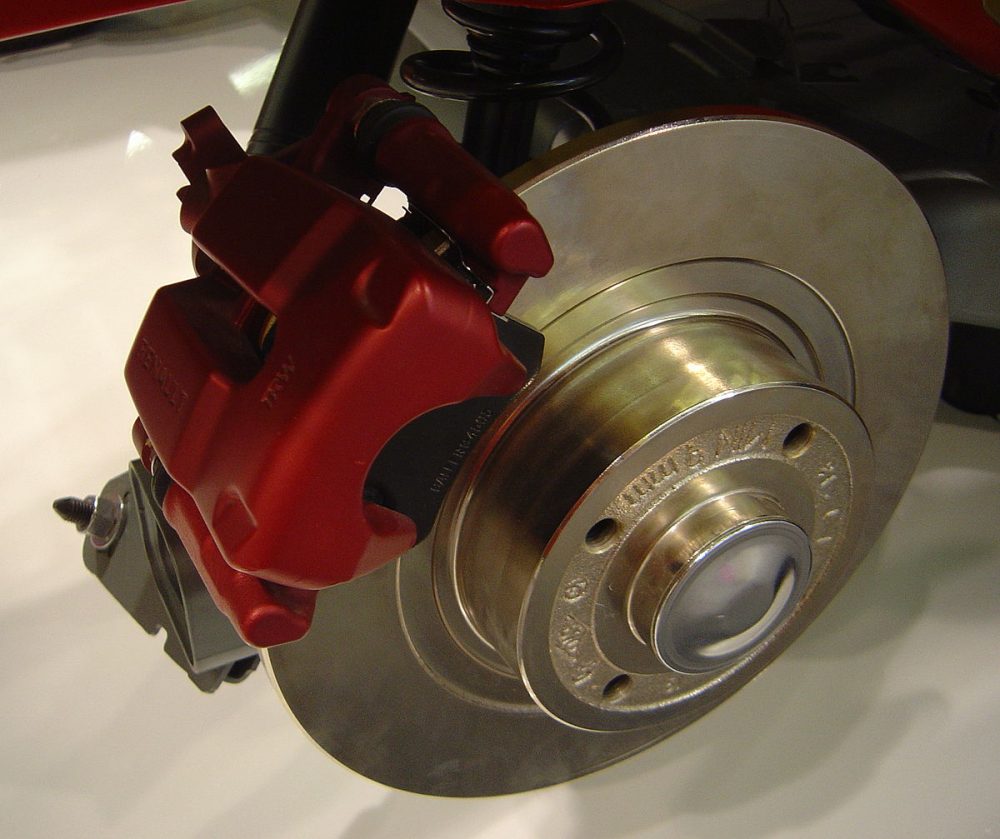
Disc Brakes Shaking in the steering wheel or vibration when you apply the brakes may be the aftereffect of a lopsided rotor. When you hit the brake pedal, the brake pads embrace the rotors, slowing them and your vehicle. Because of wear from heat, the piston can get tacky. It may not retract the pads back into the full “off” position when you let up on the brake pedal. Any time tires are eliminated, it’s crucial for the fasteners to be returned on organized appropriately, uniformly, at the perfect snugness. It has to be done in a star pattern, with the perfect weight.
Read Disc Brake vs Drum Brakes | Which is the Best Braking System?
-
Visible leaking fluid
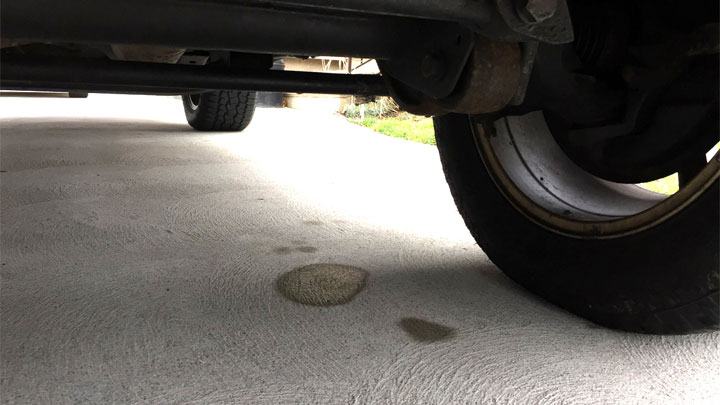
Leaking Brake Fluid In case you’re experiencing a soft brake pedal, have a helpful technician search for fluid leaking from the master cylinder or somewhere else in the brake framework. The master cylinder is the unit that creates the force for your brakes. It has a tank like the one for your wiper fluid that contains brake fluid. When you apply the brakes, this fluid is pushed through thin piping, creating hydraulic weight. On the off chance that fluid is leaking from this framework, there may not be sufficient capacity to force the brake pads to clamp hard to the rotors.
-
Wooden or soft brake pedal
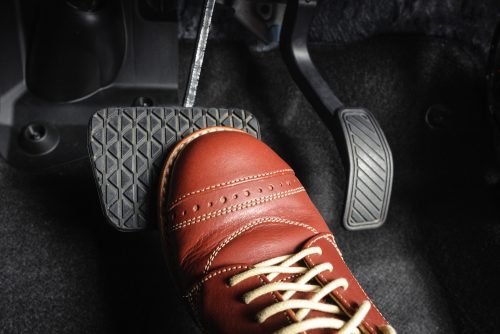
Riding the brake On the off chance that you notice a distinction in the resistance in the brake pedal — it feels “softer,” or sinks all the way to the floor mat when you press on it — it’s a sign you need immediate help. There could be air or dampness in the braking framework or an issue with the master cylinder. Generally, in autos with power brakes, the pedal should stop 1 to 1 ½ inch from the floor. In case you have manual brakes, the pedal should prevent more than 3 inches from the floor.
-
Car tugging in a direction when braking
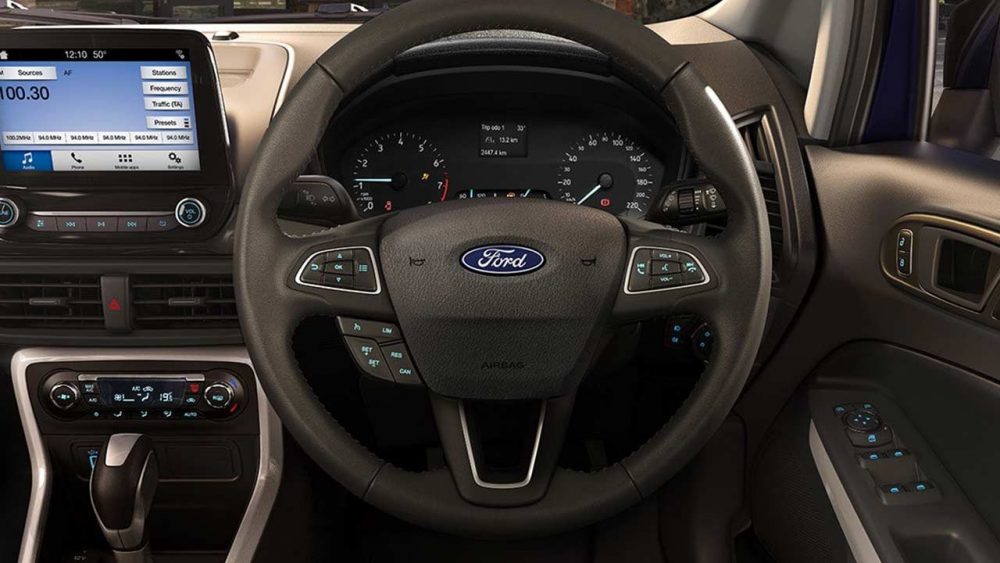
Ford Ecosport | Steering Wheel This could be caused by a brake hose gone bad or a calliper problem. One brake calliper may be applying more or all the pressure during braking, resulting in unbalanced stopping and lop siding of the car in a specific direction. This braking problem should be checked before it gets worse.
Read Automotive Brakes, Safety, and Control Systems | Explained
-
Burning smell when brakes are applied
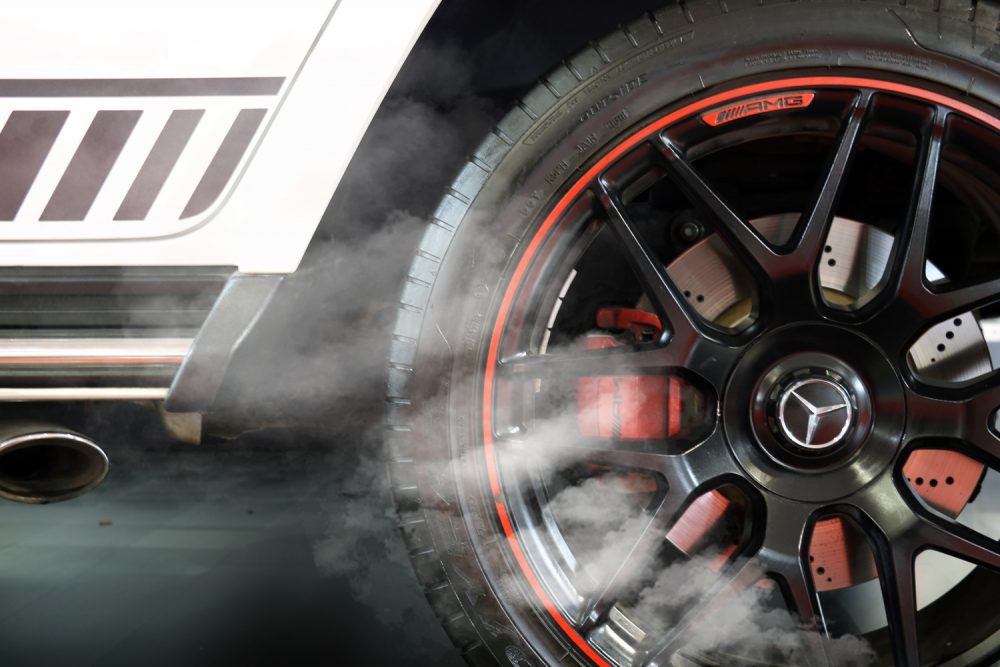
Burning smell from brakes A pungent, chemical odour after repeated hard braking on steep roads is an indication of overheated brakes or calliper. Pullover immediately in a safe place, check your parking brake to make sure it’s completely released and allow the brakes to cool. On the off chance that you don’t, you hazard heating up the brake fluid to boiling, which can cause brake failure. On the off chance that there’s any smoke coming from a wheel, it very well might be a stuck brake calliper and conceivably unsafe to continue driving on without repairs.
-
Bouncing or recurring stoppage when braking suddenly
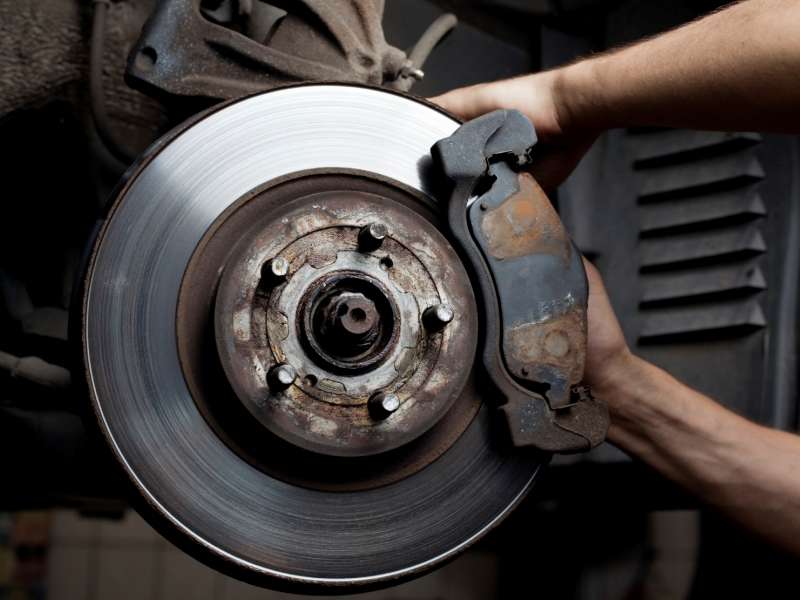
Car Brake Pads On the off chance that your vehicle shakes or skips with sharp braking, it’s probably not a brake issue at all. Your safeguards may be replaced. Only one out of every odd brake commotion or manifestation is going to cost you. It very well may be a harmless squeak from certain kinds of material in brake pads. There may be residue or dampness in someplace in the braking framework that isn’t causing damage. This braking problem may simply need you to add new brake fluid. Yet, you should be certain.
-
Complete/partial brake failure

Applying brakes This is a very self-explanatory scenario of complete or partial brake system failure, obviously, in this case, the vehicle to which the brakes are applied refuses to slow down or slows down at a very slow rate. The brake pedal in this case may even feel free or completely jammed. In this condition, the vehicle should not be driven at any cost.
Brake parts wear out over the long haul. Self-diagnosing side effects or delaying brake servicing could put you and your passengers at unnecessary danger. So, it’s always preferable to be aware of the health of your vehicle but a thorough investigation from professionals is mandatory.
Head on to GoMechanic with your car if any of these indications show up and get catered with the best in class mechanics that investigate, isolate and cure your vehicle of any braking problem that might persist in your vehicle.






